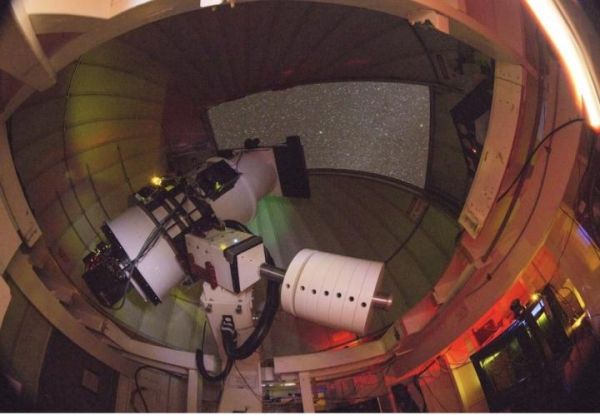We often think of asteroids and comets as distinct types of small bodies, but astronomers have discovered an increasing number of “crossovers.” These objects initially appear to be asteroids, and later develop activity, such as tails, that are typical of comets.
Now, the University of Hawaiʻi ‘s Asteroid Terrestrial-impact Last Alert System (ATLAS) has discovered the first known Jupiter Trojan asteroid to have sprouted a comet-like tail. ATLAS is a NASA-funded project using wide-field telescopes to rapidly scan the sky for asteroids that might pose an impact threat to Earth. But by searching most of the sky every two nights, ATLAS often finds other kinds of objects – objects that aren't dangerous, but are very interesting.
Early in June 2019, ATLAS reported what seemed to be a faint asteroid near the orbit of Jupiter. The Minor Planet Center designated the new discovery as 2019 LD2. Inspection of ATLAS images taken on June 10 by collaborators Alan Fitzsimmons and David Young at Queen’s University Belfast revealed its probable cometary nature. Follow-up observations by UH astronomer J.D. Armstrong and his student Sidney Moss on June 11 and 13 using the Las Cumbres Observatory global telescope network confirmed the cometary nature of this body.
Later, in July 2019, new ATLAS images caught 2019 LD2 again – now truly looking like a comet, with a faint tail made of dust or gas. The asteroid passed behind the Sun and was not observable from the Earth in late 2019 and early 2020, but upon its reappearance in the night sky in April of 2020, routine ATLAS observations confirmed that it still looks like a comet. These observations showed that 2019 LD2 has probably been continuously active for almost a year.
Read more at University of Hawaii at Manoa
Image: ATLAS telescope unit on Haleakalā, Maui. (Credit: Henry Weiland)


